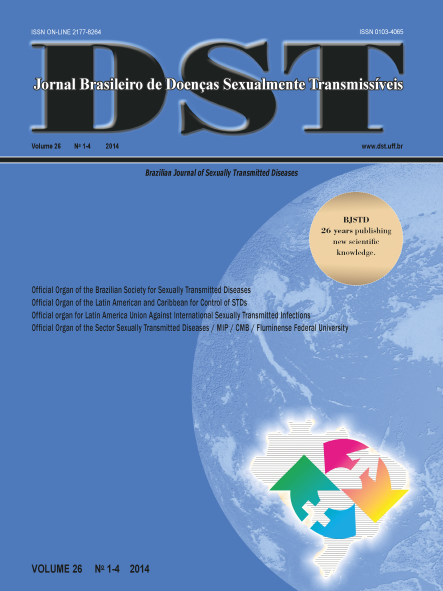Prevalence of cervical squamous intraepithelial lesion high grade according to age from Antônio Pedro University Hospital
Keywords:
Human papillomavirus 16, Human papillomavirus 18, cervical intraepithelial neoplasia, age groups, statistics & numerical dataAbstract
Introduction: The targeted population for HPV infection has peak infection at young adults, but studies point to the emergence of a new peak of viral infection and injuries later, probably by changes in sexual behaviour, waning immunity over time or reactivation of latent infection. Whereas the cervical squamous intraepithelial lesion high grade, mainly cervical intraepithelial neoplasia grades III (CIN III) have significant potential for progression to invasive carcinoma, the procedures of choice for the diagnosis and treatment in the target population are essential for the prevention of cervix cancer. Objective: To determine the prevalence of CIN II/ III among patients seen in Cervical Pathology Clinic of Gynecology Department at the University Hospital Antonio Pedro from May 1996 to May 2013, relating to age in which this diagnosis was made. Method: It was selected patients referred to the Cervical Pathology Clinic for altered cytology and diagnosed through biopsy guided by colposcopy with CIN II / III. They were segmented into the following age groups: 15 to 24, 25 to 34, 35 to 44, 45 to 54, 55 to 64, 65 to 74, 75 to 84 and 85 to 94 years old. Results: Between 25 and 64 years of age, there were 36.5% of patients in these age groups with CIN II/III. However, it was found that 19% of patients younger than 25 years and 14.2% at 64 years also had such a diagnosis. Conclusion: The target population according to Brazilian Ministry of Health would let 16.2% of women with high-grade lesions withouta diagnosis, which corresponds to 11.3% of all high-grade cervical lesions.












